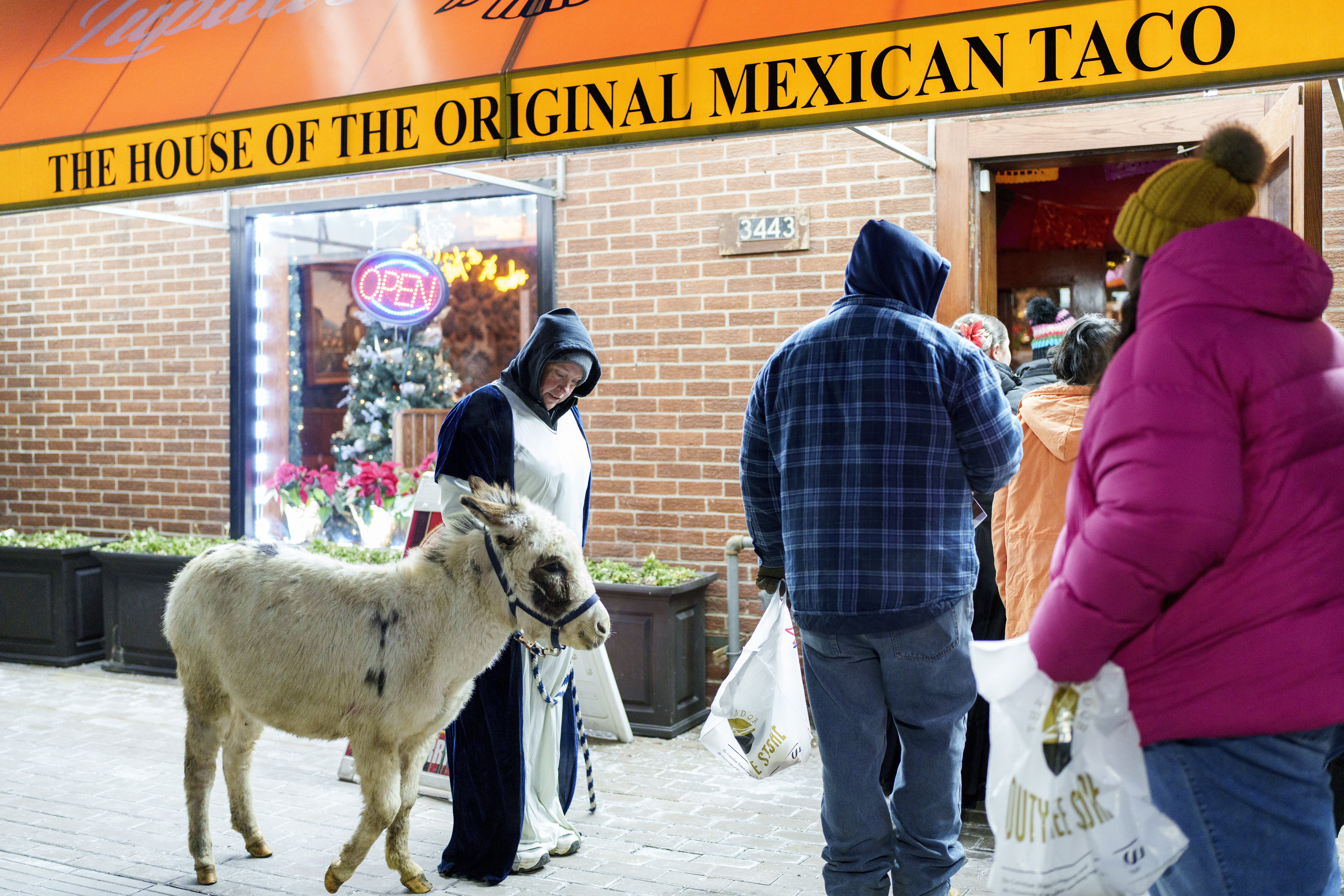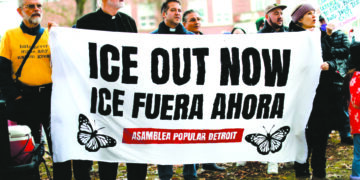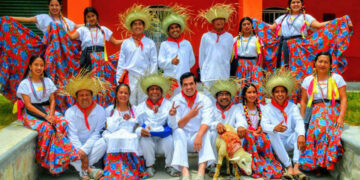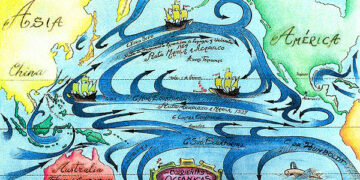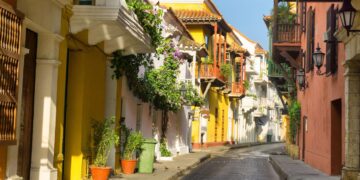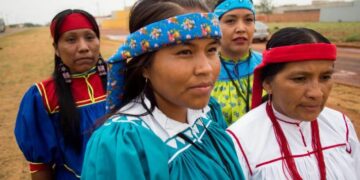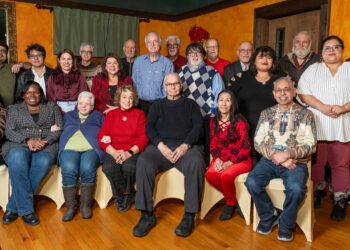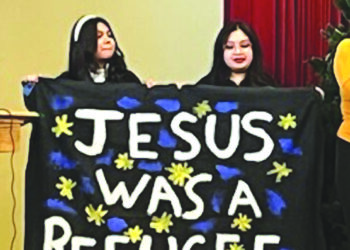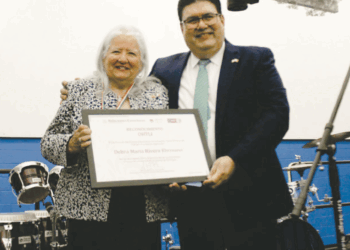The month of September is the month of the year that has marked the most Continental America (North America, Central America, South America) because it was when many of the Wars of Independence of the Spanish Monarchy happened. The Wars of Independence lasted from 1810 to 1829 in different parts of the continent, however, they began in 1808 with the invasion of Spain by Napoleon.

The most common day on which the independence of the Ibero-American countries (Spanish and Portuguese speaking countries) is celebrated is usually between September 15 and 16, although the Wars of Independence lasted close to or more than 10 years to achieve.
The projects sought the creation of nations where citizens had equal rights, so that in the same December of 1810 the signing of treaties for the abolition of slavery was carried out in Guadalajara, Mexico by the priest Miguel Hidalgo y Costilla.
Independence was initially achieved in sections, which means that even though the wars began at different times and places, the large territories belonging to the Spanish Monarchy were united in the fight: the Viceroyalty of New Spain (Mexico and Central America), the Viceroyalty of Granada (Panama, Colombia, Ecuador, Venezuela and the Guyanas), the Viceroyalty of the Río de la Plata (Argentina, Uruguay, Paraguay) and the Viceroyalty of Peru.
The movements in search of autonomy and independent constitutional projects continued to spread. A continental identity was sought that broke with the Spaniards even on the ways of speaking the Spanish-Castilian language, so the differentiated pronunciation between V and B, between S, Z and C, between Ll and Y was rejected in this continent.
The continental Americans wanted to highlight their own identity and folklore, they reaffirmed themselves as diverse and mixed-race individuals, where people of different ethnic origins cohabited.

The Americas were full of brilliance and natural riches, the continent lacked nothing, in a vast territory there were different climates: deserts, sierras and mountains, waterfalls, navigable rivers, plains, dry salty water lagoons, snow landscapes, among other natural wonders.
Each of the peoples enriched with their culinary traditions: ceviches, corn, vegetables, complex mixtures of ingredients, precise processes in the preparation of food.
Cultural diversity integrated different cultures, providing not only new ways of understanding the world, as well as of expressing it. The rhythms and musical instruments of indigenous peoples were united with the African instruments and percussion, as well as the European contribution.
The American continent, without a doubt, is a continent of many worlds.
Iberoamérica: El nuevo continente independiente
El mes de septiembre es el mes del año que más ha marcado a América Continental (Norte América, Centro América, Suramérica) por ser cuando dio inicio a las Guerras de Independencia de la Monarquía española. Las Guerras de Independencia se extendieron de 1810 a 1829 en las diferentes partes del continente, no obstante, comenzaron desde 1808 con la invasión y secuestro de los reyes de España por parte de Napoleón.

El día más común en que se celebran las independencias de los países Iberoamericanos (países de habla hispana y portuguesa) suele ser entre el 15 y 16 de septiembre, aunque las Guerras de Independencia duraron cerca o más de 10 años en lograrse.
Los proyectos buscaban la creación de naciones donde los ciudadanos tuvieran igualdad de derechos, de manera que en el mismo diciembre de 1810 se llevó a cabo la firma de tratados para la abolición de la esclavitud en Guadalajara, México por parte del cura y sacerdote Miguel Hidalgo y Costilla.
La independencia al principio se llevó a cabo en secciones, lo que implica que a pesar de que las guerras dieron inicio en diferentes fechas y lugares, los grandes territorios se unían en la lucha: el Virreinato de la Nueva España (México y Centroamérica), el Virreinato de Granada (Panamá, Colombia, Ecuador, Venezuela y las Guayanas), Virreinato del Río de la Plata (Argentina, Uruguay, Paraguay) y el Virreinato del Perú.
Los movimientos en busca de la autonomía y los proyectos constitucionales independientes no dejaban de extenderse. Se buscaba una identidad continental que reconociera no sólo nuevas formas de expresarse con la lengua española-castellana, de manera que se rechazó la pronunciación diferenciada entre la V y la B, entre la S, la Z y la C, entre la Ll y la Y.
Los americanos continentales querían destacar su propia identidad y folclor, se reafirmaban como pueblos diversos y mestizos, donde cohabitaban personas de diferentes orígenes étnicos.

Las Américas estaban llenos de fulgor y riquezas naturales, el continente no carecía de nada, en un vasto territorio se encontraban los diferentes climas: Desiertos, Sierras y Montañas, Cascadas, Ríos navegables, Planicies, Lagunas de agua seca.
Cada uno de los pueblos enriquecía con sus tradiciones culinarias: ceviches, maíz, vegetales, mezclas complejas de ingredientes, procesos precisos en la preparación de alimentos. La diversidad cultural integraba a las culturas, proveyendo no sólo diferentes formas de entender el mundo, sino también, nuevas formas de expresarlo, los ritmos e instrumentos de música de los pueblos indígenas con los instrumentos y percusiones africanas, así como la aportación europea. América es un continente de muchos mundos.

